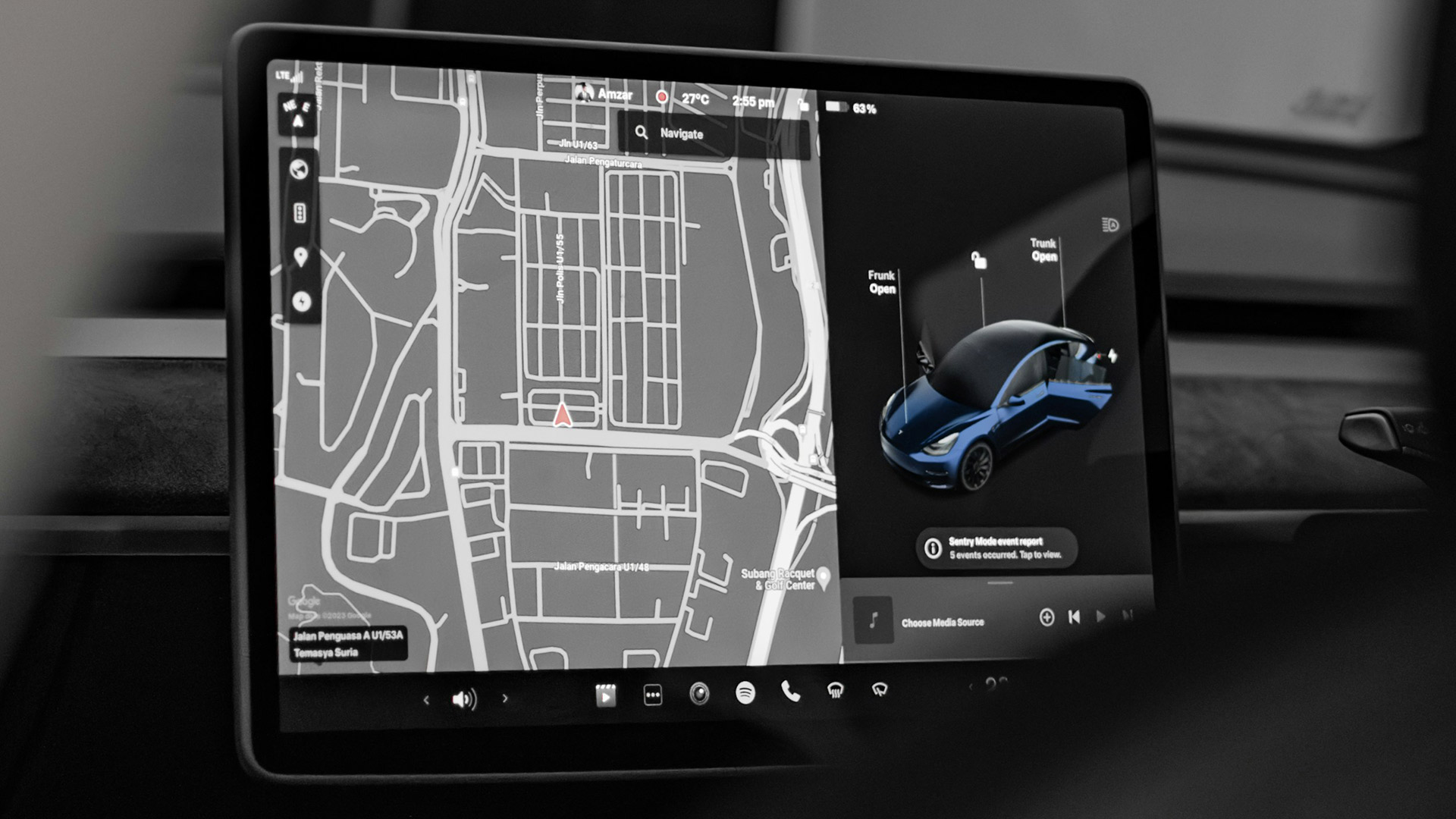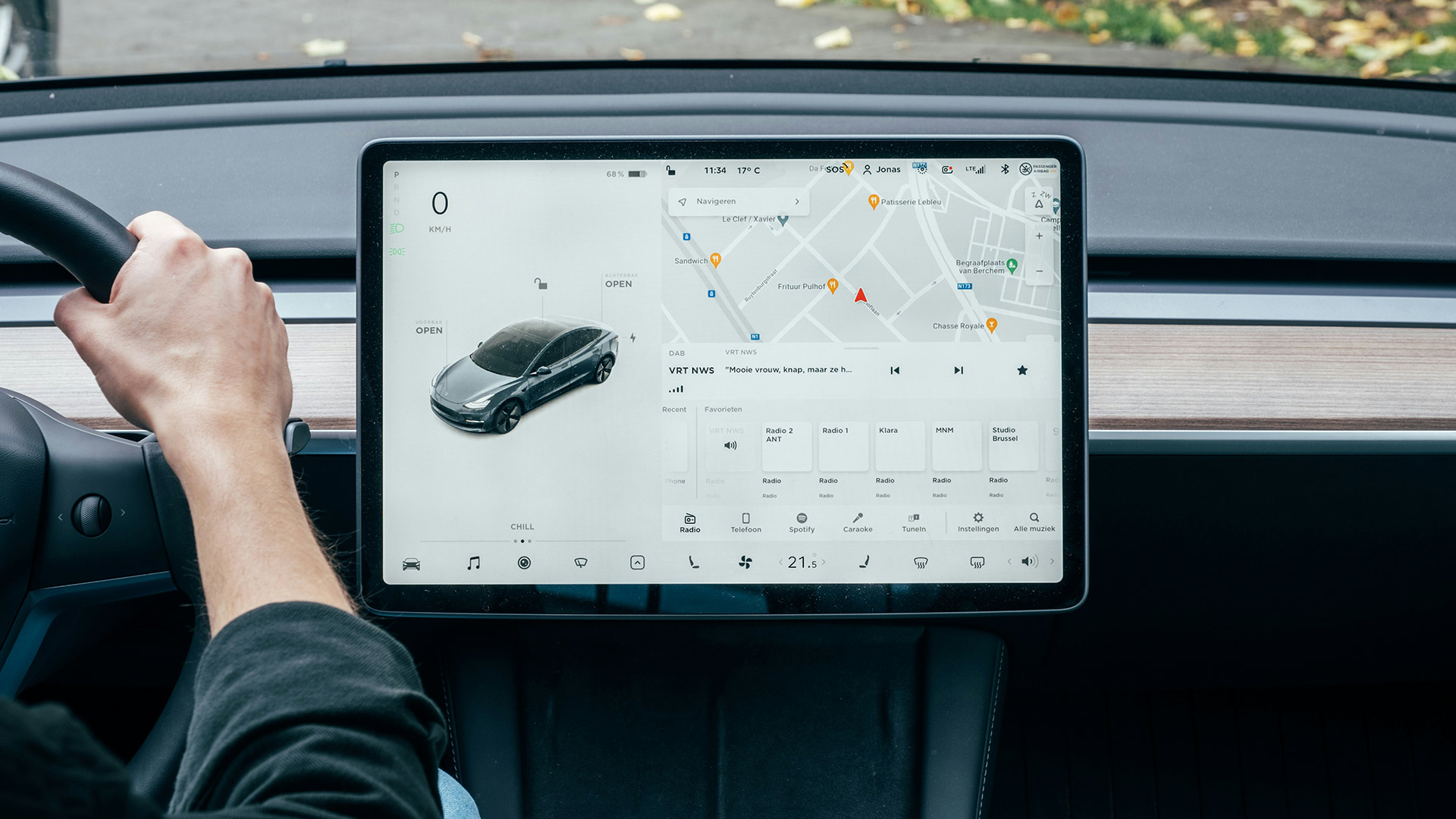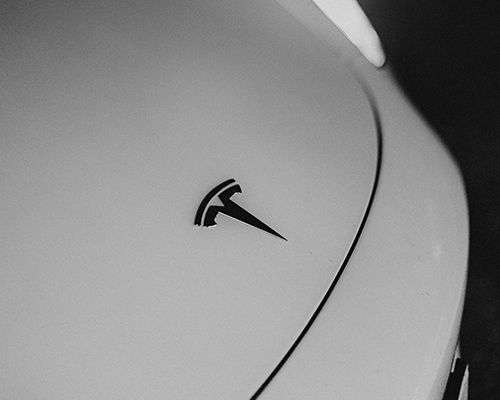The Rise of The In-Car Payment Market (And What It Means For Drivers)
8th October 2024
Our vehicles are fast becoming wallets on wheels. A recent study has revealed in-car payments are on the rise and this burgeoning market could be worth up to £434 billion by the end of the decade. So, what exactly is ICPS and how will it impact driver/buyer behaviour in the coming years?
The premise is quite simple; payments can be made from the car itself, theoretically removing the need for cards or a smartphone.
Billing info is added to a brand’s in-car payment system, allowing drivers to purchase the likes of insurance, parking and food and drink courtesy of their infotainment system screen.
While it’s nice to have the option, cynics argue few will take it up. What’s the benefit of purchasing gas from your car when you still need to physically exit the vehicle to fill up, for example? And who, realistically, travels without their phone?
It’s such questions that may have scuppered General Motors’ plans for a widescale rollout called ‘Marketplace’ back in 2022. Back then partnerships with the likes of Dunkin Donuts, Shell and Starbucks were established, only for the project to be scrapped due to findings linked to customer needs and preferences. In other words… a lack of interest.
Yet more recent data suggests there is an appetite.
The Growing Demand For In-Car Payments

Mastercard teamed up with Damiler this year to survey German drivers between the age of 18 and 39. 50% said they would pay for goods and services directly from the drivers’ seat. This rose to 60% when quizzed on fuel and EV charging specifically.
And then there’s this latest research, which predicts a 130% growth in the market across the next seven years.
This was led by digital platform specialists Pairpoint, telecoms and consultancy research firm STL Partners and Vodafone combined.
Their paper, titled Fueling The Future: The US $580 Billion In-Car Payment Opportunity claims a sudden rise in ICPS will coincide with a similar jump in connected vehicles. There are currently 430 million of these worldwide. By 2030, analysts predict that number will have reached 895 million. And therein lies the opportunity.
It’s certainly not one lost on automakers. In November 2023 Skoda announced plans for in-car fuel payments in six countries, with affiliated stations shown on an app.
Mercedes have also partnered with Visa to combat safety concerns. Their Cloud Token Framework and Digital Authentication system is available in the MBUX suite and akin to two-step verification for mobile banking. Biometric fingerprint technology is in place to verify a user’s identity before any payment is made from the infotainment screen.
In-Car Payments By Transaction Type

Back to the Pairpoint led study and a breakdown of transactions has also been estimated. It’s predicted that 70% of purchases will be considered ‘Vehicle Related Payments’ and encompass the likes of fuel, parking and toll roads.
25% of are likely to be ‘Non-Vehicle Related Payments’ and include fast food, groceries and subscriptions like Netflix.
Finally, it’s anticipated that 5% will be ‘In-Car Payments’ related to optional extras like adaptive cruise control, heated seats and general software upgrades.
One of the most intriguing predictions is that linked to insurance claims. As many motorists are painfully aware, the cost of any accident is amplified by premiums that spiral due to the length of the claims process itself.
It’s hoped the same technology that allows for in-car payments will assist in simplifying this insurance obstacle course and allow drivers to begin claims immediately. It may seem far-fetched now but there is a scenario where payouts could be sorted within minutes of a collision taking place. Yes, really.
Looking ahead, Jorge Bento, Chief Executive Officer of Pairpoint, stated: “Advanced connectivity is a catalyst for new ways of interacting with modern vehicles. Adding native payment functionality will allow for more secure, real-time, automatic usage of day-to-day services such as parking, EV charging, re-fuelling and more.”
Evidently Global Auto Payment – as it’s otherwise known – is set to become more commonplace. Now us lazy types patiently await AI robots to actually fill up the tank!






